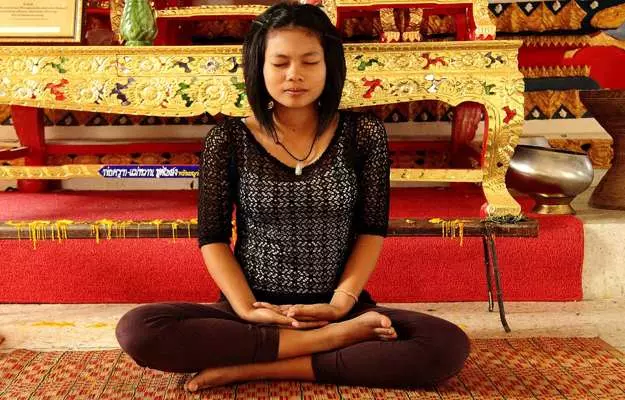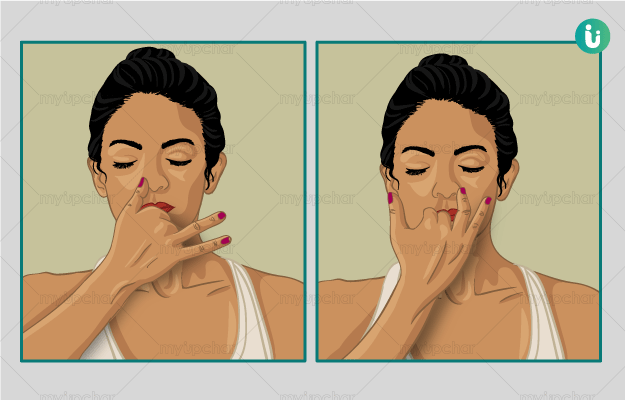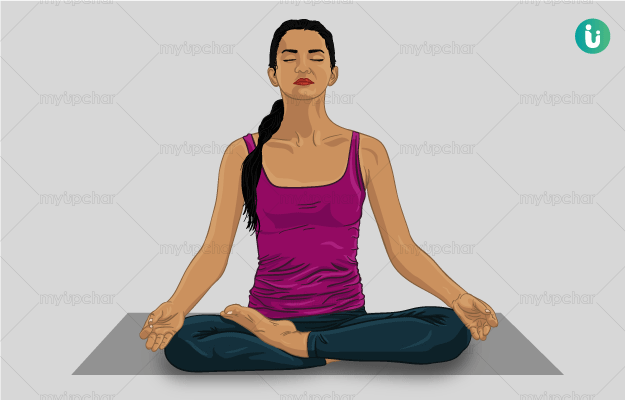The internet is awash with quotable quotes reminding you to breathe deeply whenever there is any form of worry or stress in your life. And with good reason: it can really calm the nerves and make you feel better instantly.
Breathing is as natural a function of the body as any. And it is a big help in easing the levels of stress or anxiety: there is a distinct difference between the breathing of a person when he/she is completely at peace and relaxed, compared to someone who is tense or going through some kind of strife.
Deep breathing is one of the better ways to reduce stress in the body as it signals the brain to calm down and relax, which in turn sends the same message to the rest of your body. If you are breathing heavily for any reason—be it after intense physical activity, stress, or if you have a health condition like high blood pressure—taking deep breaths can bring some immediate relief.
There are several techniques of deep breathing that you can practise regularly to ease your mind and keep your body from tensing up. You can include one technique or several different techniques in your routine.




















